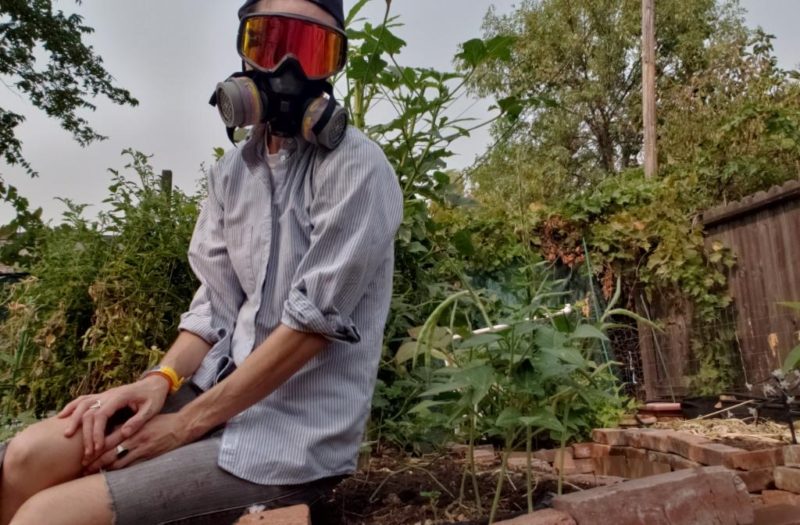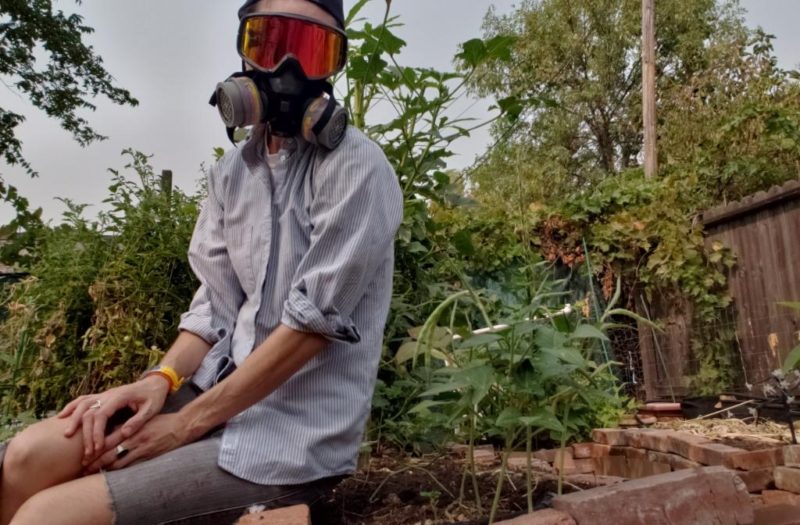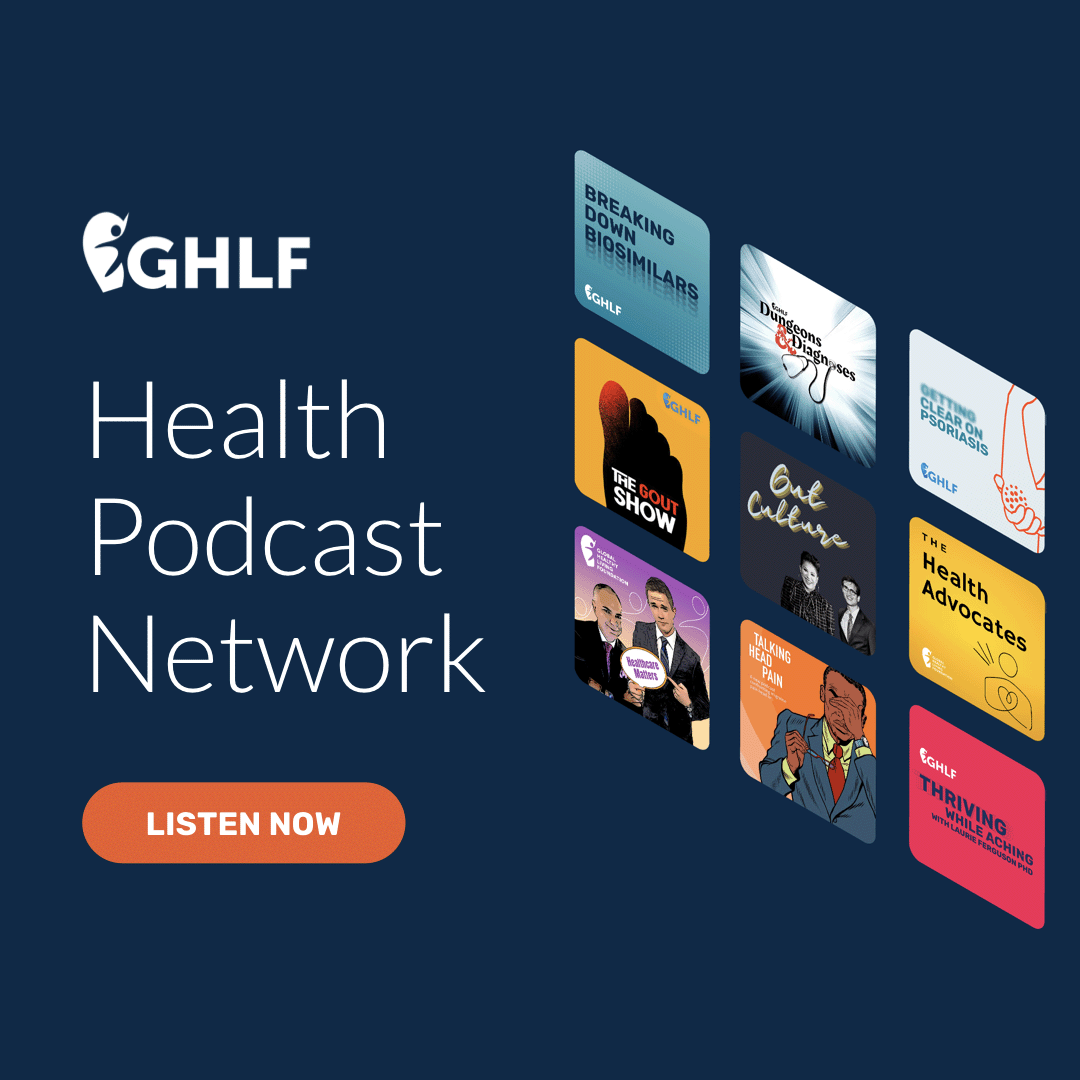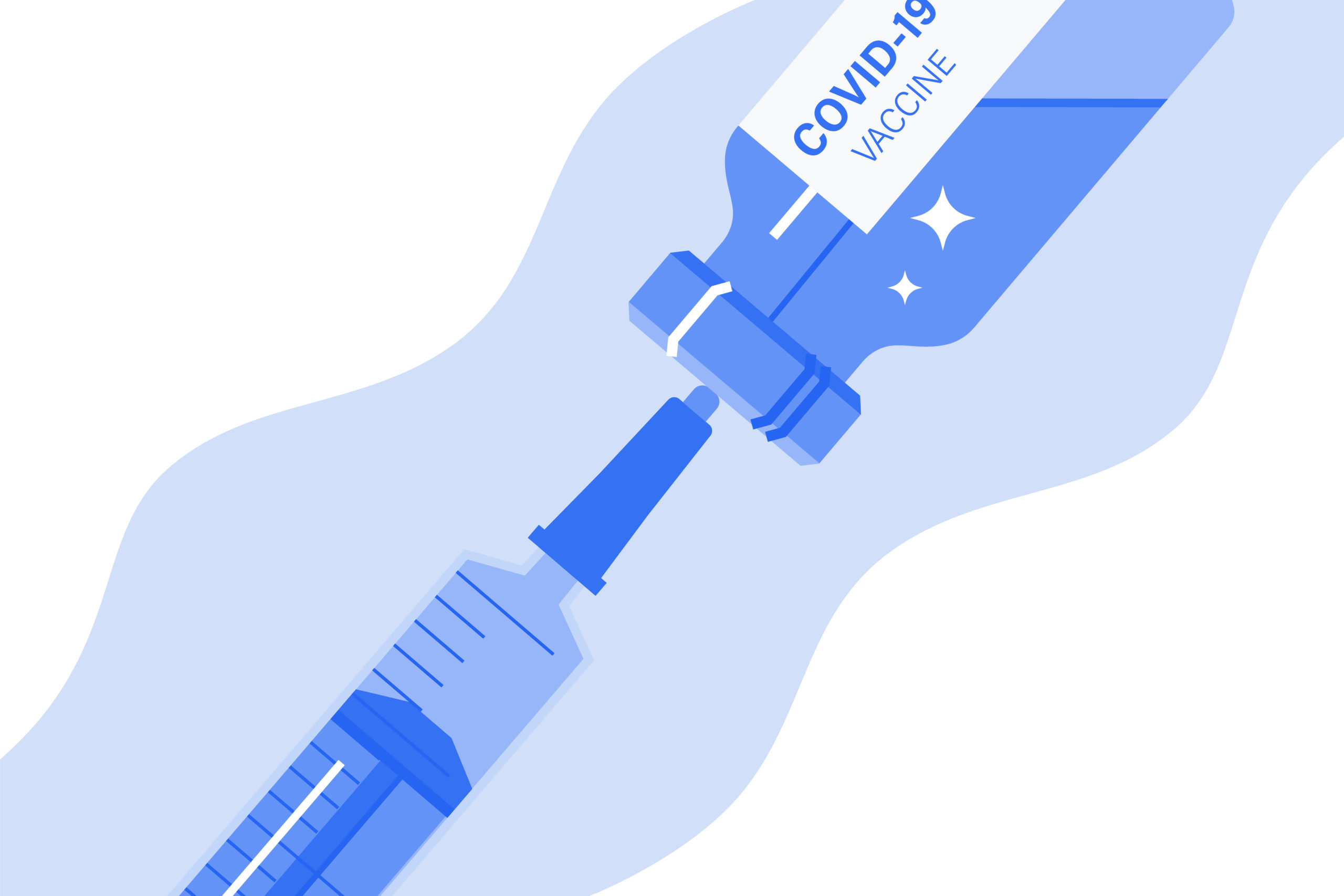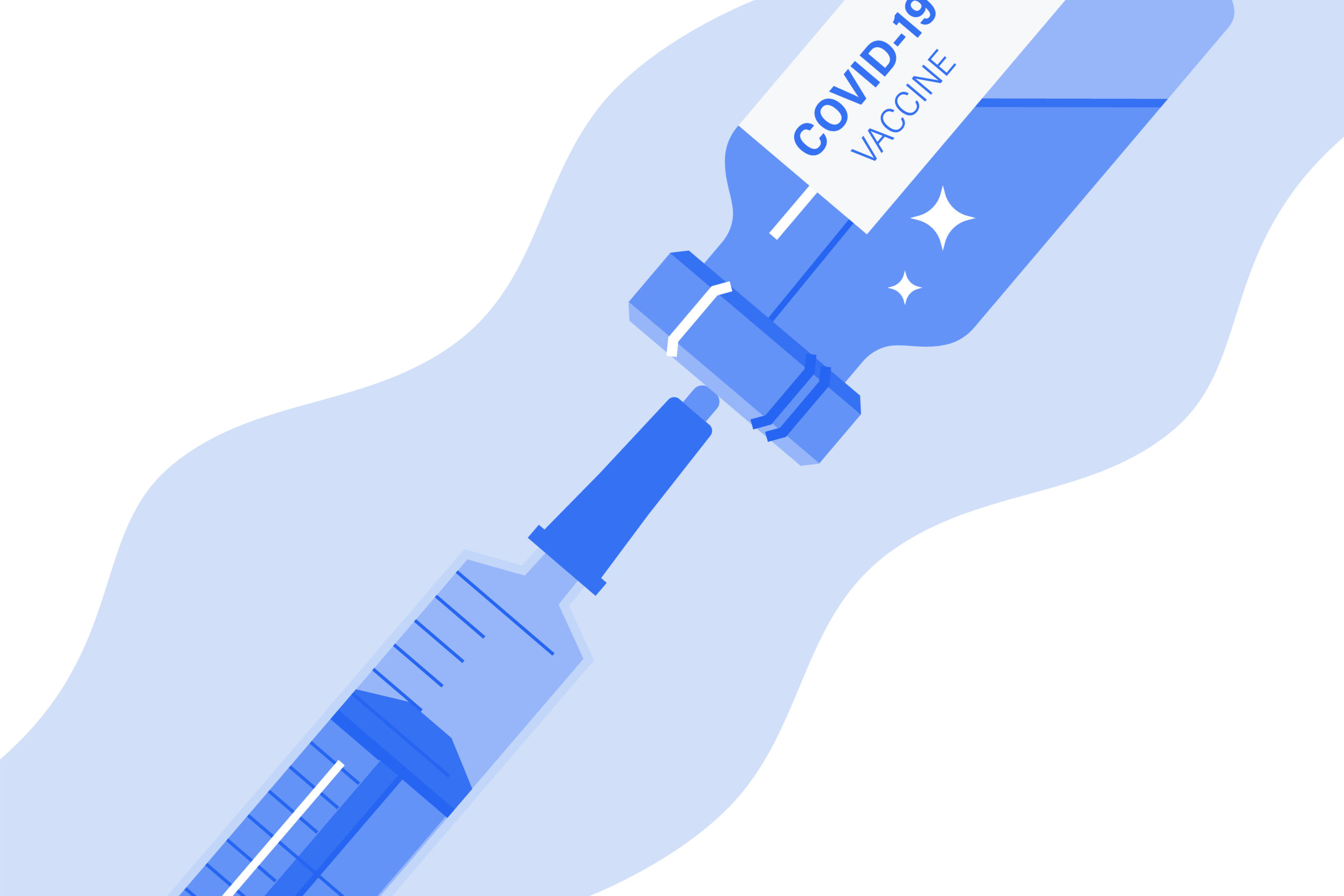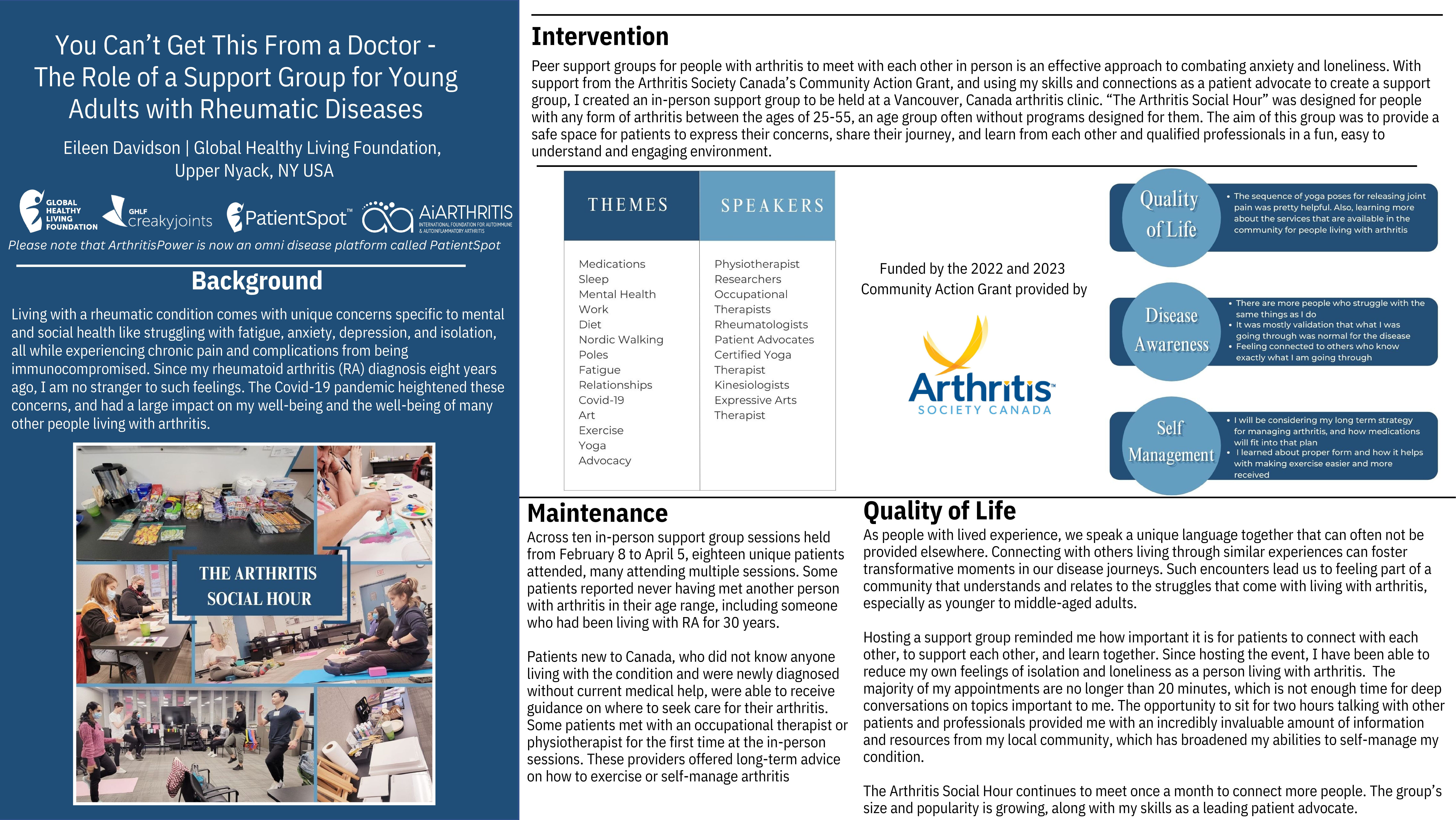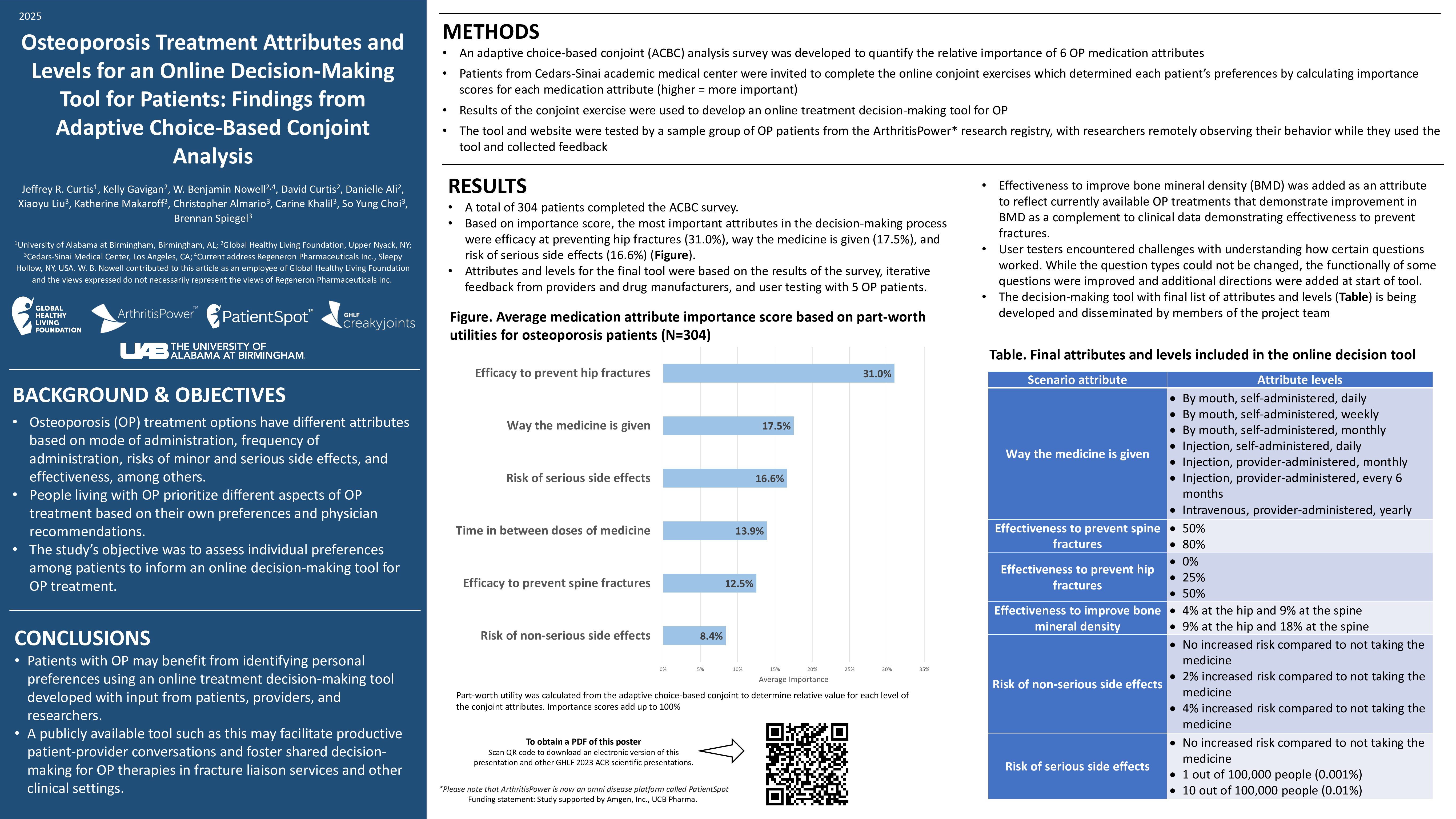Learn more about our FREE COVID-19 Patient Support Program for chronic illness patients and their loved ones.
“It can only get better from here! This is as bad as it gets!”
It’s been many years since I’ve claimed such frivolous thoughts. It’s been years since I believed things would always get better from here, wherever “here” happens to be.
For decades, it seems like my luck has taken the form of a seesaw. Something amazing will happen in my life, to be almost immediately followed by something as powerfully bad. My luck goes up and down like a playground game perpetually teetering by some dark matter force I can’t control.
Exhibit A: When I finally managed to surpass all obstacles and purchase a falling-apart house last year after nearly five years of trying every tool I could find to make it happen, I was excited. Beyond excited! Buying the house was a huge, massive, epic big deal that meant everything for my long-term financial and physical survival as a disabled person.
But I couldn’t help but worry: What awful thing was in store for me that would swoop in and cancel out the life-changing significance of buying a house?
(Before you think I am trending toward an odd and pessimistic way of perceiving my life, I’ll say this: I talk about this all the time with my therapist. She agrees it seems my life does teeter back and forth between amazing and traumatic in an eerie rhythm. It’s gotten to the point that I will get anxious if it seems my luck is holding out a bit too long.)
I didn’t have to wait too long for all hell to break loose. Less than a year after buying my house the world exploded into an unprecedented pandemic. Then I got sick — really sick — with suspected COVID, and I almost died. Then, as if that wasn’t enough, the entire state of California, where I live, began burning.
I think we’re even now. Aren’t we? Isn’t being severely ill and a pandemic and living through the worst ever wildfire season enough to even out the fact that I bought a house?
Can the seesaw flop back now?
California Wildfires Through the Lens of Chronic Illness
As I sit in my bedroom writing this, two of my three cats are stretched out in bliss across my bed while I squeeze in next to them. I look out into my backyard that I so dearly love; it’s my favorite part of my home.
The sky is a bleak grey, like it has been for nearly a month now. If I look closely I can see ash raining down: bits of tiny, burnt confetti dropping from the sky where it got blown over from the newest wildfire, burning 50 miles away.
In Sacramento I’m currently sandwiched between two large fires each about 45 minutes away each in opposite directions. As the wind changes I get smoke from one or the other. By now, with the thousands of fires burning across the state, all that smoke has merged together to semi-permanently blanket the entire west coast in a hovering mass of toxic particles that is impossible to escape.
Each evening I watch as the sun scoots across the sky with a yellow, red, or orange ring around it while it tries to shine through the smoke. The haze nearly stifles its power. My throat feels congested, my sinuses swollen, my eyes are a bit itchier than usual, and my chest feels tight and sometimes rattles when I take deep breaths. One of my two pure-HEPA air purifiers hums in the corner of my bedroom, and I’m biting at my fingernails compulsively.
I’ve been in my private backyard without a mask just twice in the last month, the only times the air quality index has been labeled healthy. When I’ve had to be outside longer than a few minutes to water my plants (it’s been 110 degrees this past week) I wear a mask (or two), a hat, outer layers, and even goggles when it’s raining ash.
I wonder if this will continue through November, when the weather usually significantly cools and rainfall is likely.
I wonder if every year from here forward will be worse than this year’s fire season. I wonder if I should start calling this seasonal depression. I never know when another fire will start. I don’t know if that fire may start a mile from my home. The dreariness of a sepia-tone sky and ash dancing around my tomato plants is enough to push me into extreme pessimist territory.
Will it always be like this? Is the seesaw permanently broken?
This is usually my favorite time of year, when Sacramento begins to feel a bit like fall even though we really only experience two seasons: 1) summer and 2) rain (some call that winter). The nights start to get cooler again and I open my windows overnight and half the day for the cats to enjoy fresh air. It’s the perfect time to pull up summer vegetable plants and turn the soil in preparation for a fall/winter garden.
Life, Completely Disrupted
This year, though. This year is different.
This year, fire season arrived with a — you guessed it — a literal bang. Heat storms from a week of 103- to 111-degree temperatures scorched the dry earth with lightning, the likes of which even wildfire-prone California is not accustomed to experiencing. Fires exploded across the state.
Compared to September 2019, the number of wildfires burning across the state has increased 2,000 percent. Two THOUSAND percent! Toxic ash and sticky haze have settled into the crevices of the dry Sacramento earth and has seeped into my raised garden beds. I’m scared to eat my possibly toxic homegrown produce, but I do anyway because I’m too scared to buy produce from a store right now (thanks, COVID). When I open my car door, ash scatters and blows inside the vehicle where it dances around in the air before deciding where to settle, and I can draw shapes on the side of my car through the grimy layer of ash. My windshield is several shades darker each time I drive from a layer of soot that snowed overnight.
This should be my favorite time of year. Instead, 2020 has just gone further into apocalypse territory almost by definition:
- Deadly pandemic (check)
- Wildfires everywhere (check)
- Personal health trauma (check)
- Zombies (please, no zombies!)?
My mental illnesses — PTSD, depression, and anxiety — have also gotten worse, and I’ve reacted strongly to the forced break in my usual routine of being outside multiple times a day. My long-suspected autism was recently confirmed, and for me, digging in the dirt is a vital stimulating activity that helps me sort through my thoughts and feelings. Not being able to be outside communicating with my plants and digging up piles of healthy worms has had deleterious effects on my mental, and therefore physical, health.
Feeling the Burn
California is on fire. I feel this personally, as my body is often on fire too.
Living for nearly eight years (or more than 20 years if you count when my symptoms began) with ankylosing spondylitis, a debilitating form of inflammatory arthritis, I know what it’s like to experience flares and heat and pain and bits of inflammatory debris puddling in my body. I know what it’s like to live an unpredictable life, not knowing when a disease flare will die down again and get back to baseline.
California is on fire and instead of spending time in my yard doing self-stimulating, mentally engaging activities, I’m living with the physiological effects of wildfire smoke and being stuck inside, after six months of COVID quarantine, to boot.
I’ve been extremely strict about isolating from others during COVID because of a suppressed immune system, but I don’t do well inside. That’s why my small patch of backyard grass and dirt has been my 2020 lifeline. I get extremely clinically depressed when I can’t go outside.
My cats wonder why I won’t open the windows for them every night like they deserve, and they have been bickering with each other more. I’m fortunate to be served by a local power company that doesn’t shut off power when things get hard, but I have many friends who are experiencing sudden power shut-offs by Pacific Gas & Electric, the massive company that was responsible for the 2018 Camp Fire that destroyed Paradise, California and killed 84 people.
Let’s Not Forget About COVID
Then there’s COVID. COVID is, well, COVID. And like I wrote in a recent essay, COVID feels familiar to my body too; that never-ending high alert and stress of a disease that impacts every single person differently. I’ve been tested for COVID twice now, convinced each time it had infected me. Each time, it turned out, a different health issue was responsible for my symptoms, but truthfully, that didn’t make things any easier. I’ll never forget the feelings of waiting and wondering and fearing that I could die. COVID feels too close to home, too chronic. Too chronically normal for me.
And then there’s my normal default; my physical conditions, my chronically ill body. My ankylosing spondylitis (AS)/axial spondyloarthritis (axSpA) my suspected Sjӧgren’s, and other aches and pains I deal with.
They are all reacting to these external tragedies happening in our world — and I’ve been sicker more times this year alone than I can recall over the last decade combined. I’ve been to the ER three or four times already, and one of those visits involved having the cops called on me because I stated I wasn’t able to sit upright. The first ER visit — back in March — I believed I had COVID. Then, a couple months later, I ruptured an ovarian cyst. Then, on my most recent visit, I had the worst case of strep throat of my life and spent hours on a hospital gurney with a 103 degree temperature.
It’s a strange time to go to the ER. Really strange. My decision checklists about when to go to the ER have changed; I’m more wary of symptoms because of COVID, and my body sure is good at mimicking COVID symptoms. And I’m having to pick which emergencies I put my energy toward: do I take care of my health first, or the possibility I may have to evacuate a wildfire, or do I put all my worry into COVID and my loss of independence from not being in public?
I never imagined I would have to rank emergencies: wildfires, COVID, and disability (oh my!) are all clamoring to get my complete and total attention. I can barely take care of myself when there are no wildfires or pandemics, so 2020 has become the year from hell and I’m not doing well.
What’s gonna come next? Oh, November. November is coming. Election day is coming. De-friggin’-lightful.
Trapped But Determined
I’m on the brink of collapse, but I can’t collapse yet. I have no choice but to go through all my earthly belongings and paperwork, preparing my go-bags and boxes in case there’s a wildfire evacuation. I’m carrying the extremely heavy weight of the stress of worrying about my cats during a possible evacuation — their stress is my stress.
I worry about a wildfire claiming the house that I worked so hard to buy and maintain. I worry about shutting off my gas line if I have to leave, and how that will impact my gas water heater.
And I know that even if this isn’t the time or the year I have to evacuate, it’s likely to happen eventually. I live in California and climate change is coming at us full force.
I worry about where I would even evacuate during a wildfire and how I would possibly stay safe from COVID in a shelter, how my cats would fare, and how my baseline health would continue to suffer from the extreme physical and mental strain of literally trying to survive. And I think about how, right now, California is burning all around me; everywhere I could think to evacuate is near an active fire. It feels like there’s literally nowhere to go.
I’m trapped.
Trapped is often how I feel with my primary disease, spondylitis. But I always have figured out a way to keep going: a way to survive, thrive, and keep living strong.
I will this time, too.
It’s 2020 and I’m surviving the apocalypse, because there’s nothing else to do this year except wait for that seesaw to burn, and try to find its way back to equilibrium.
Get Free Coronavirus Support for Chronic Illness Patients
Join the Global Healthy Living Foundation’s free COVID-19 Support Program for chronic illness patients and their families. We will be providing updated information, community support, and other resources tailored specifically to your health and safety. Join now.

